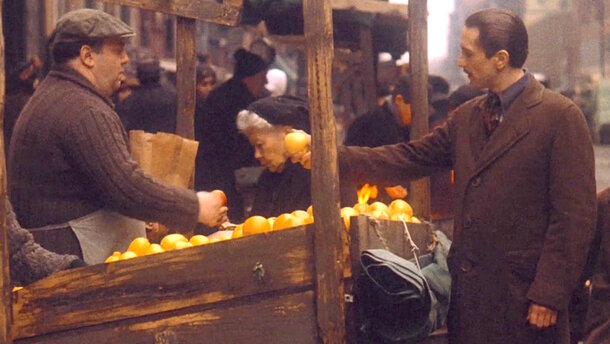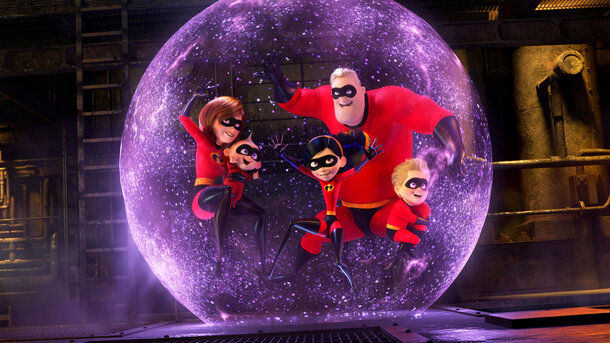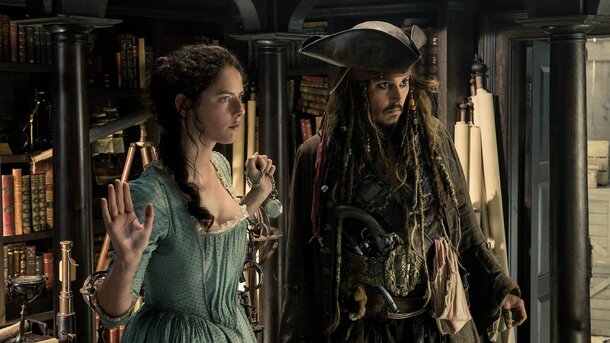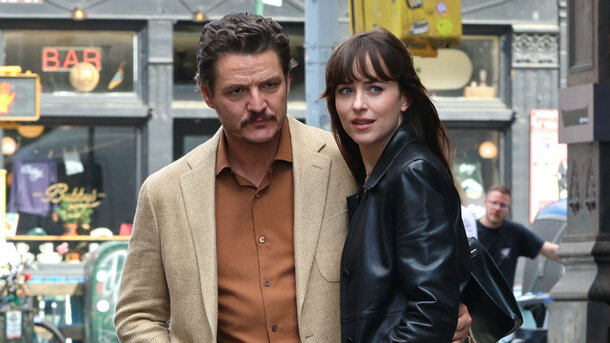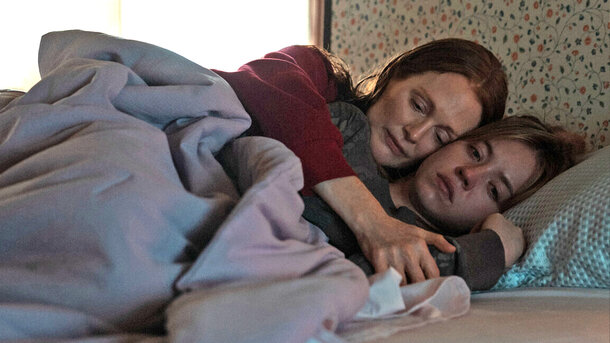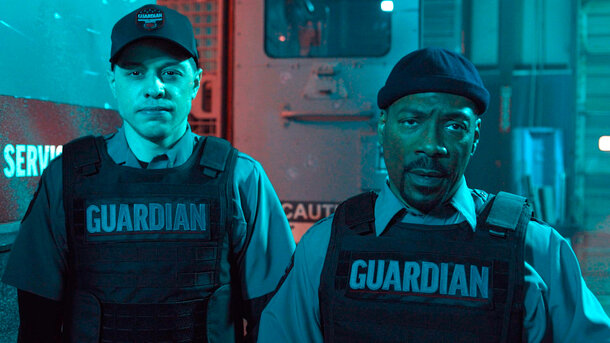In the grand, shadowed world of cinema symbolism, few objects stand out as curiously consistent as the humble orange. What began, perhaps unintentionally, in The Godfather (1972) has evolved into a quiet visual shorthand — a prelude to violence, a whisper of death.
Francis Ford Coppola’s mafia epic is often credited with starting the association. From Vito Corleone buying oranges before he is gunned down, to playing with a peeled one just moments before his passing, the fruit appears in striking proximity to mortality. Production designers have since confirmed that the initial use wasn’t deeply symbolic — oranges were simply a vivid, inexpensive prop. But the pattern emerged, and once noticed, it was embraced. In the sequels, the presence of oranges became deliberate, a chilling visual motif nestled amidst the opulence of the Corleone world.
Other filmmakers have since paid homage or followed suit. In The Sopranos, oranges occasionally hover in the frame before key character exits. Darren Aronofsky’s Requiem for a Dream includes a subtle nod — a man calmly peeling an orange before events spiral into chaos. Even when not overt, the fruit’s cultural weight now carries a quiet tension.

It’s important to note, of course, that not every orange in cinema signals doom. Sometimes a fruit is just a fruit. But when it’s not, it’s deliciously unnerving. Unlike blood or weapons, an orange sits innocently in the mise-en-scène — a pop of colour that betrays nothing, yet means everything. In a medium defined by images, it’s remarkable how something as mundane as citrus can become cinematic code.
Incidentally, another curious cinematic trope — villains and their relationship with milk — was the subject of our recent article.
